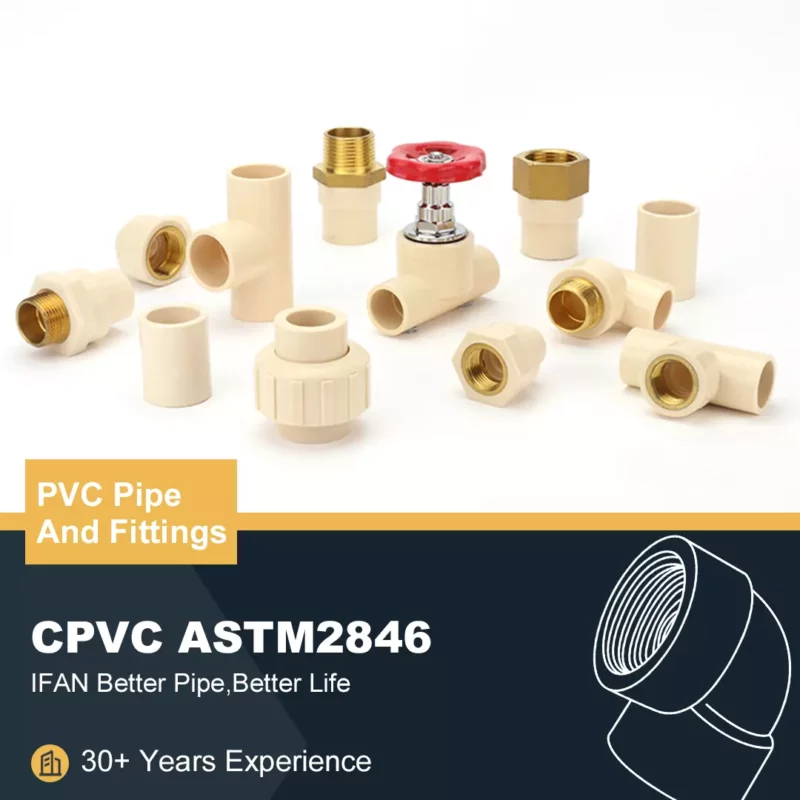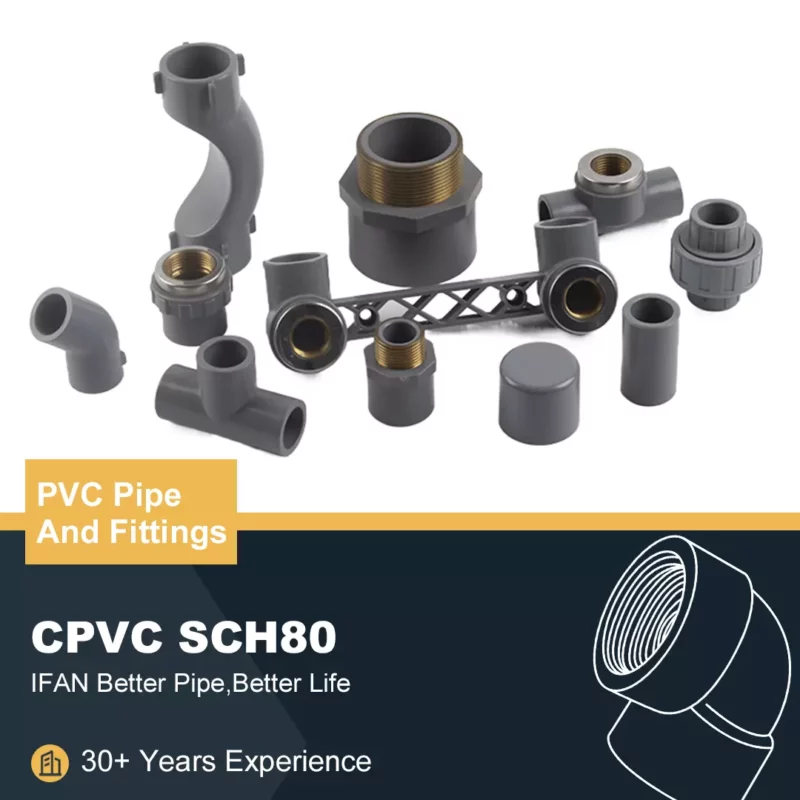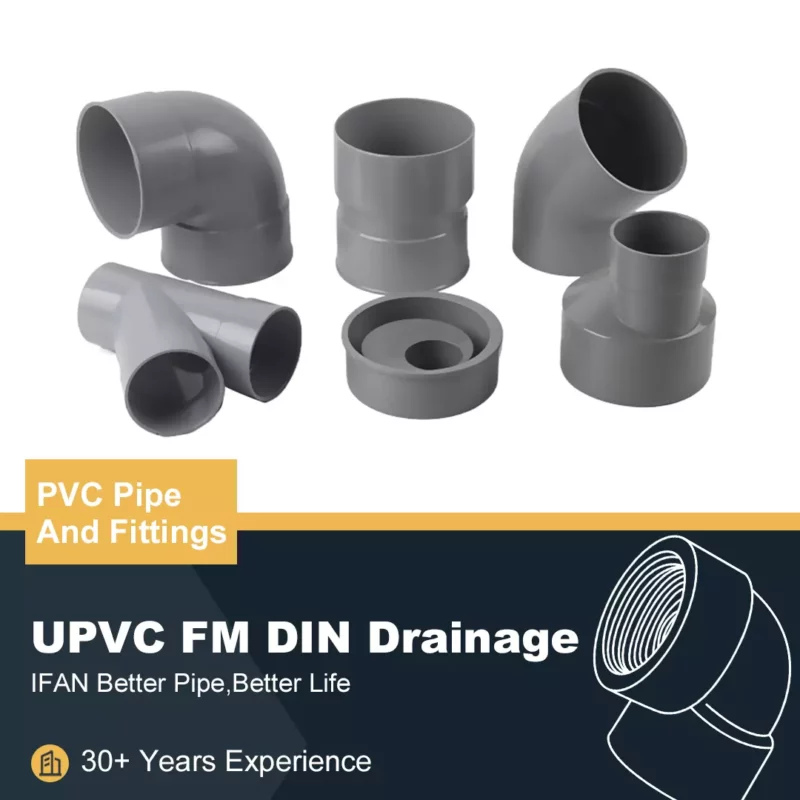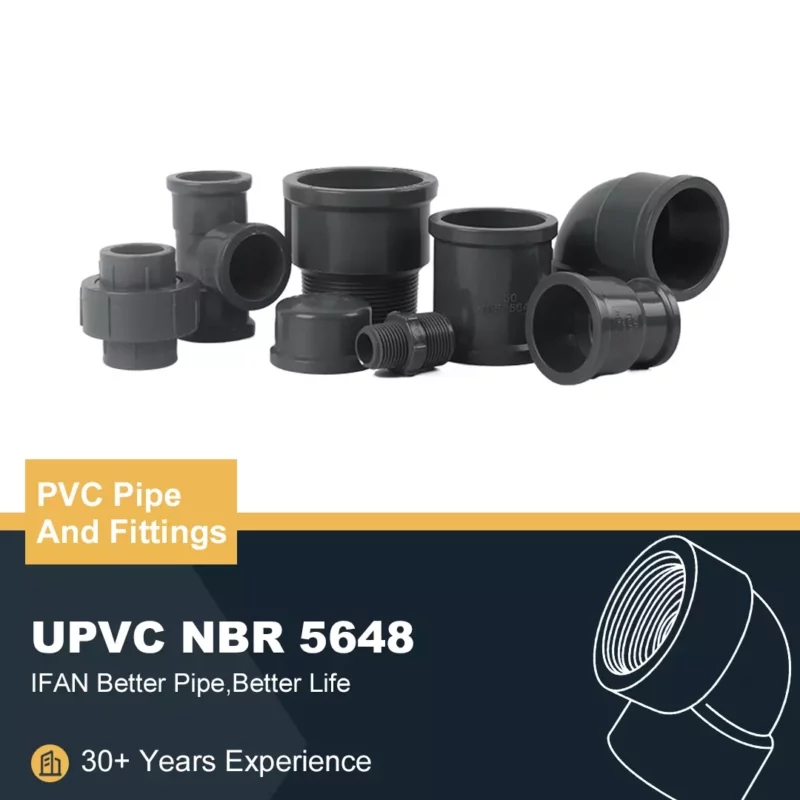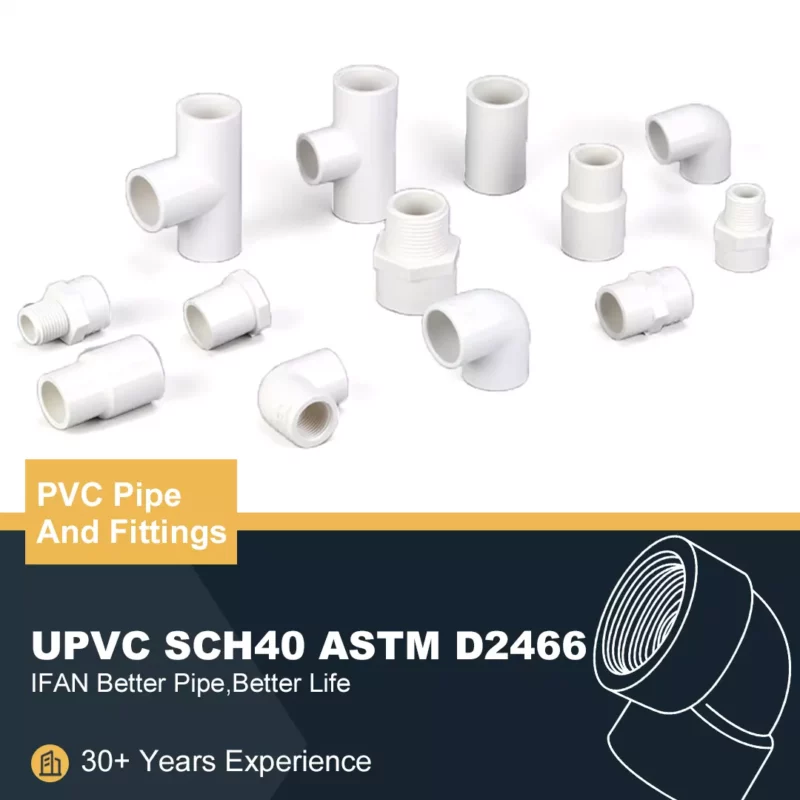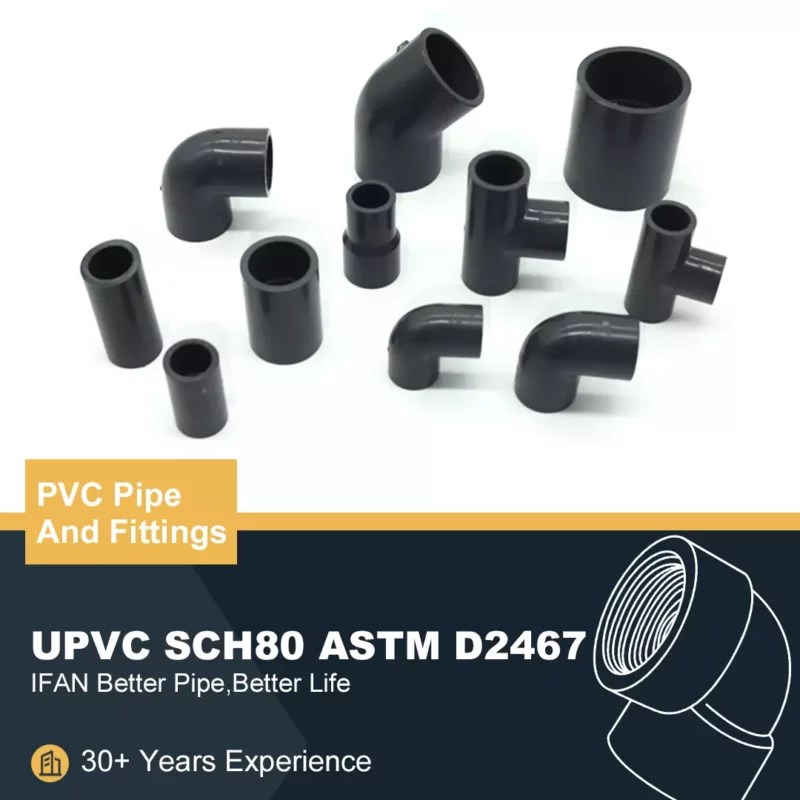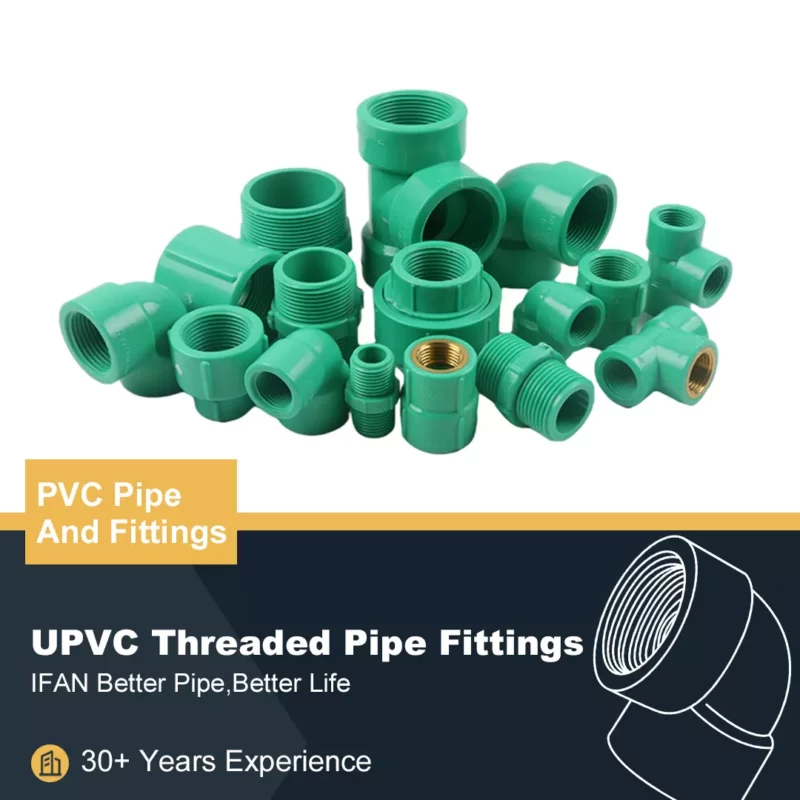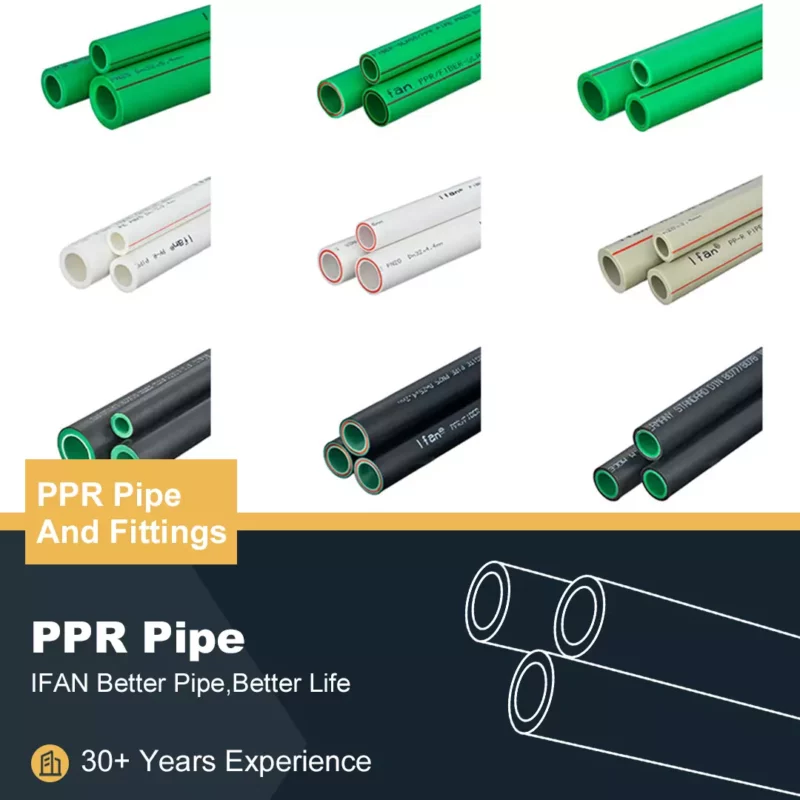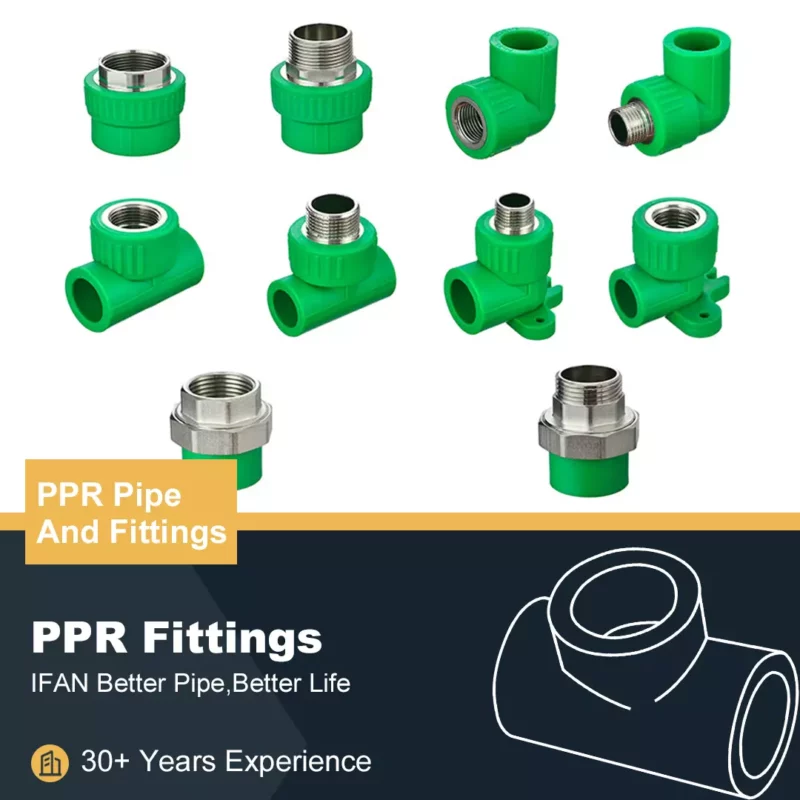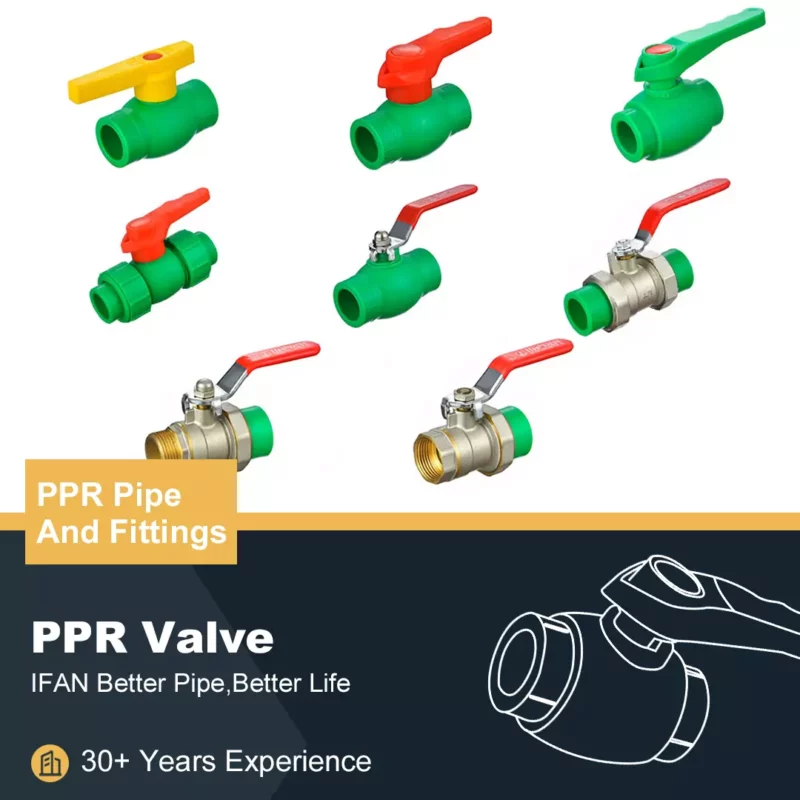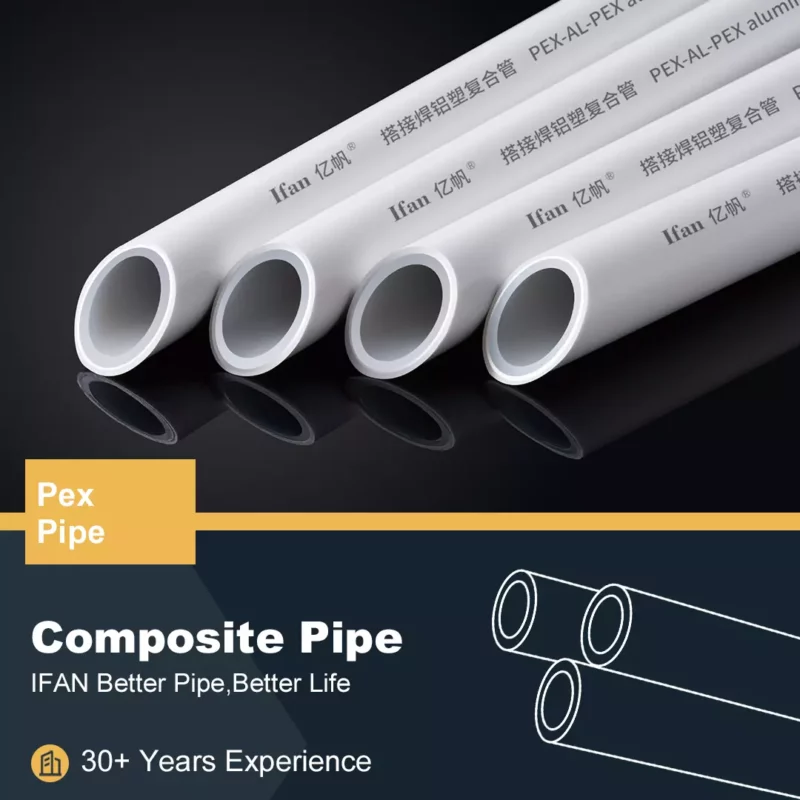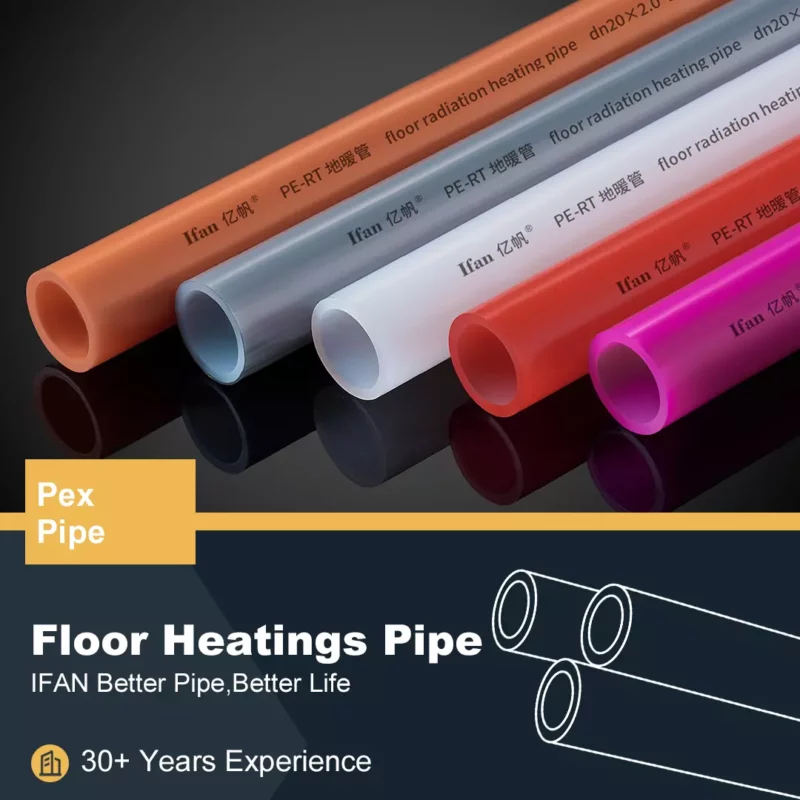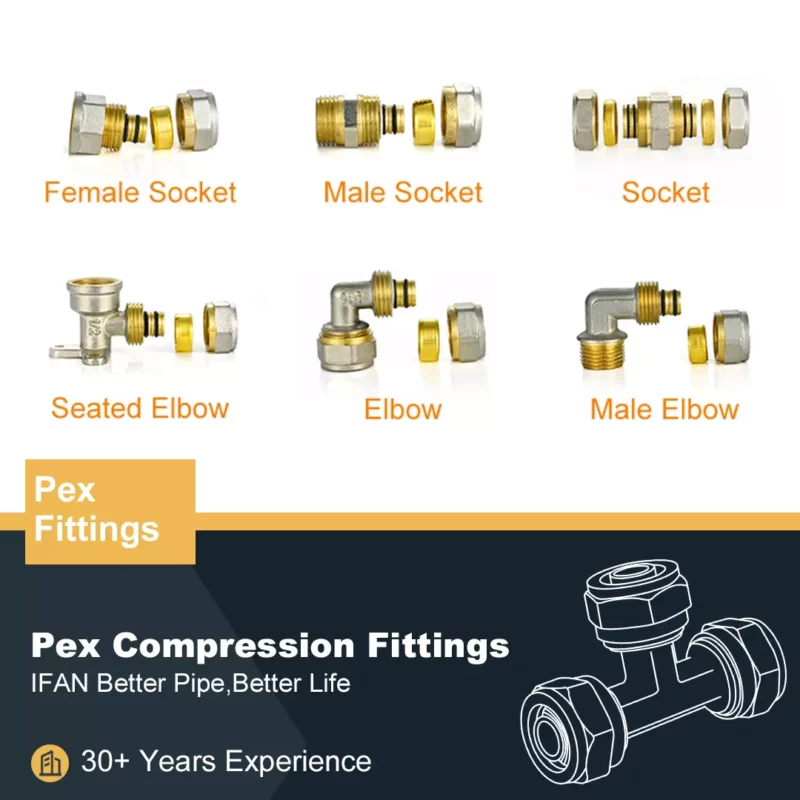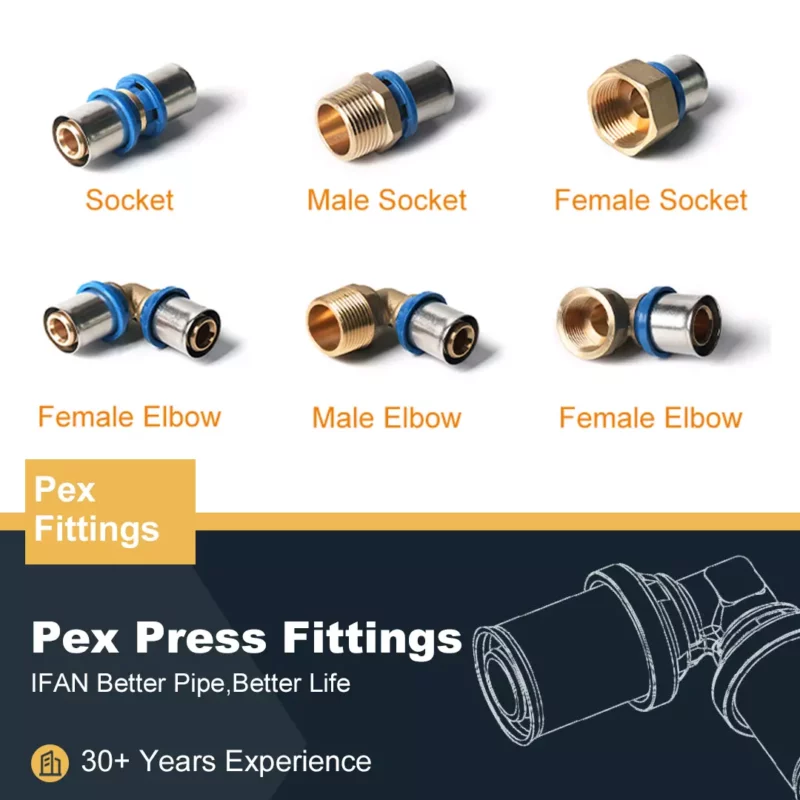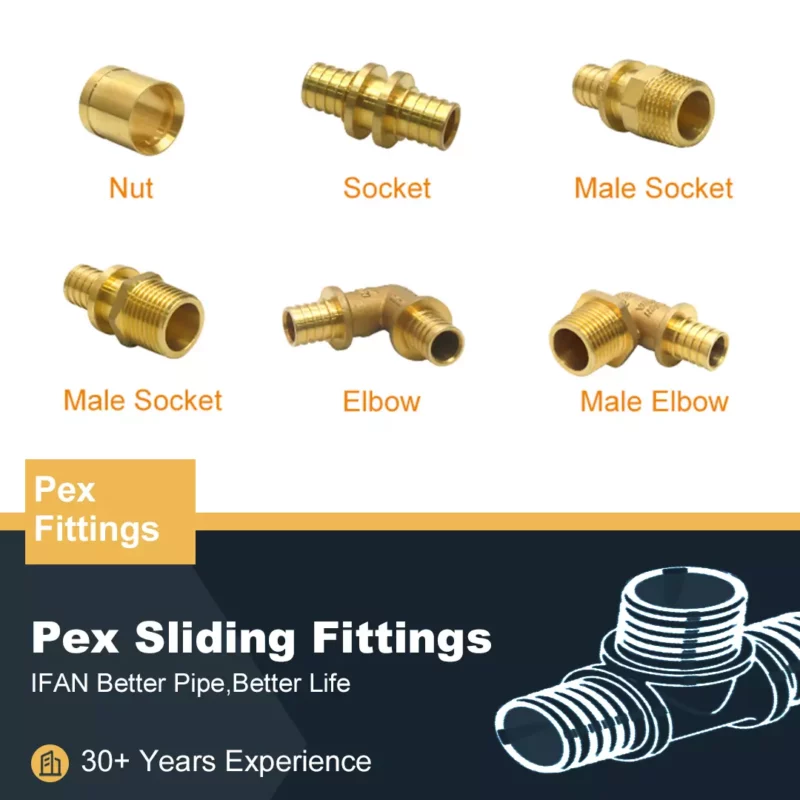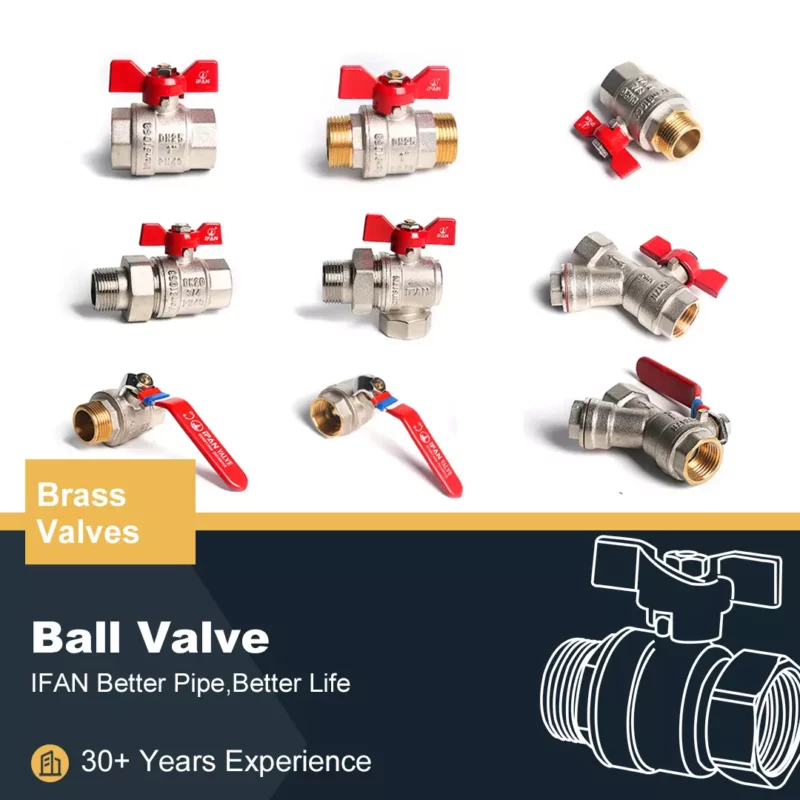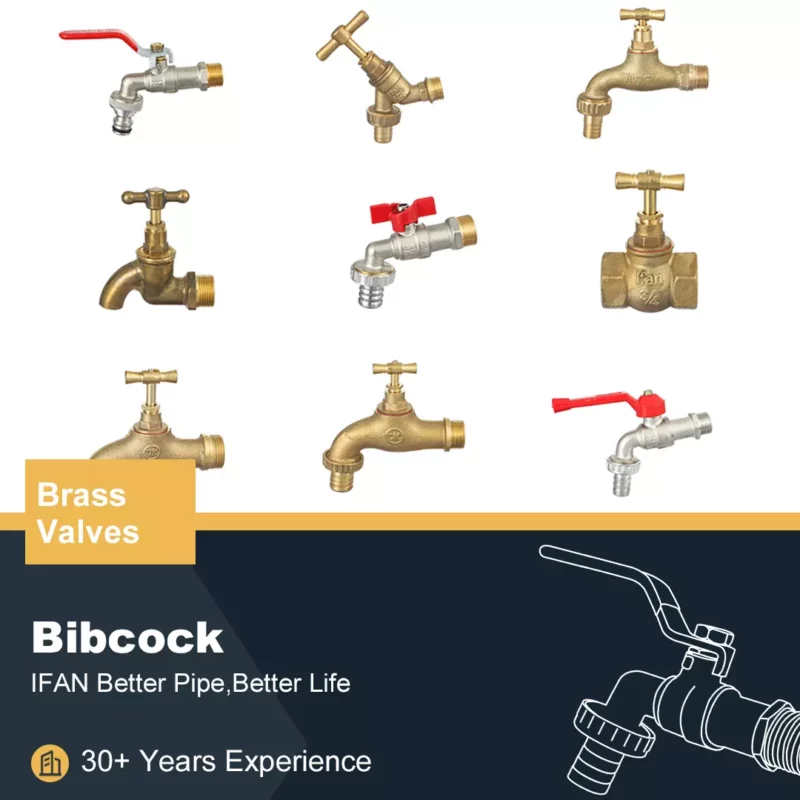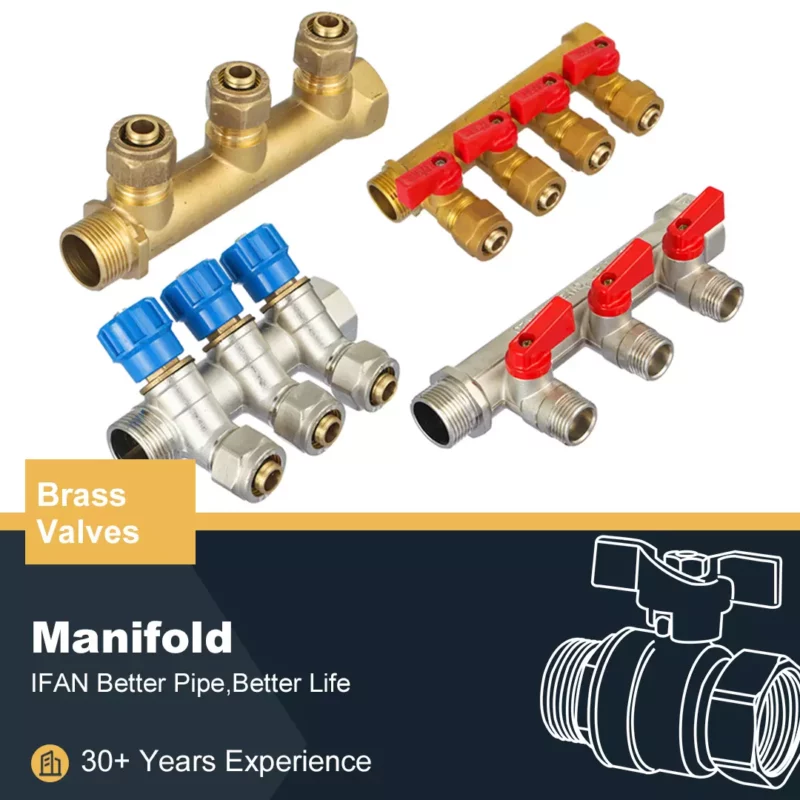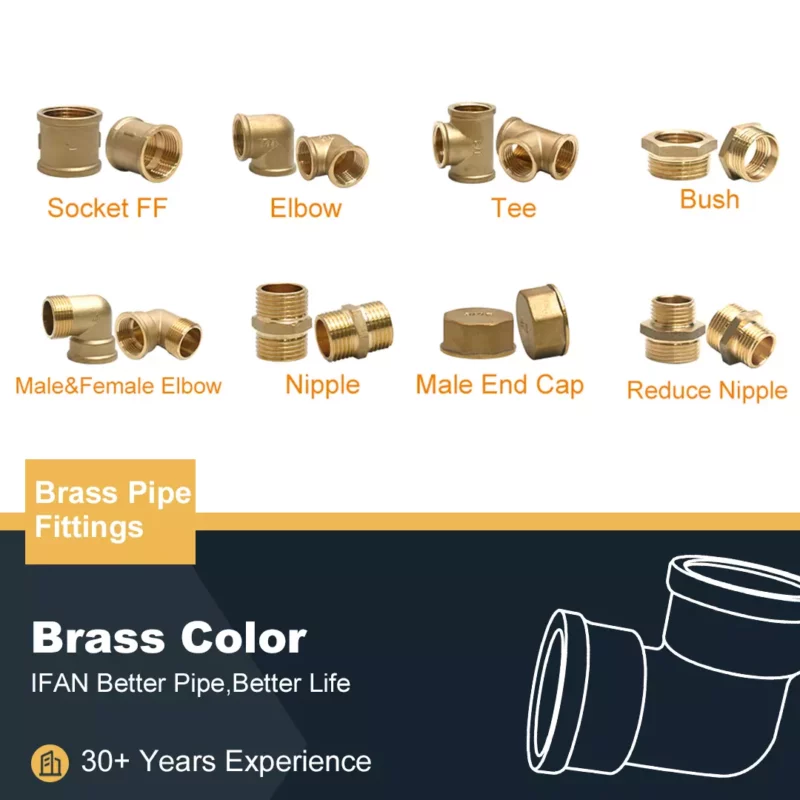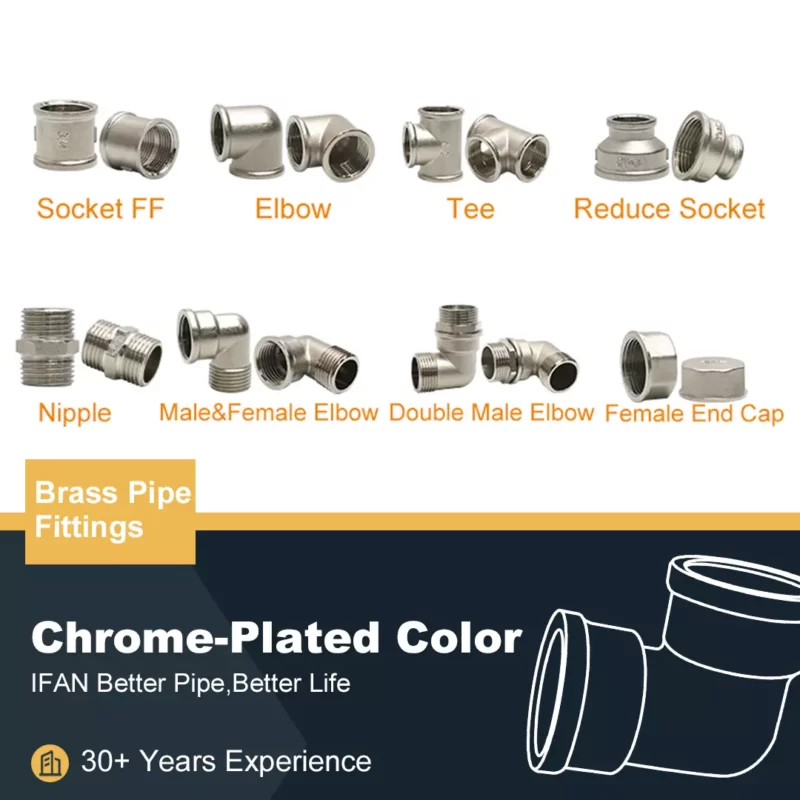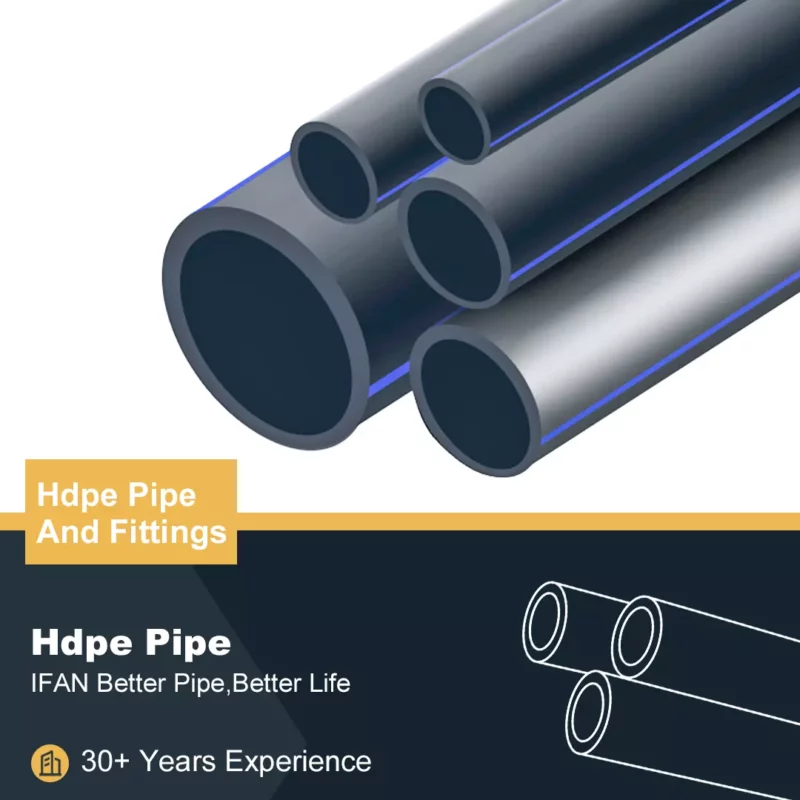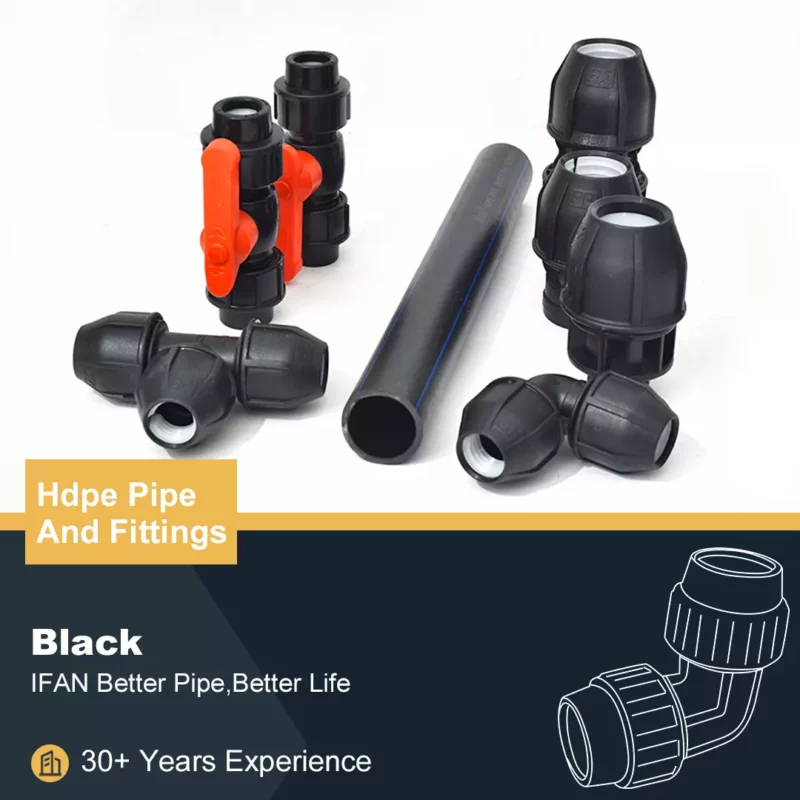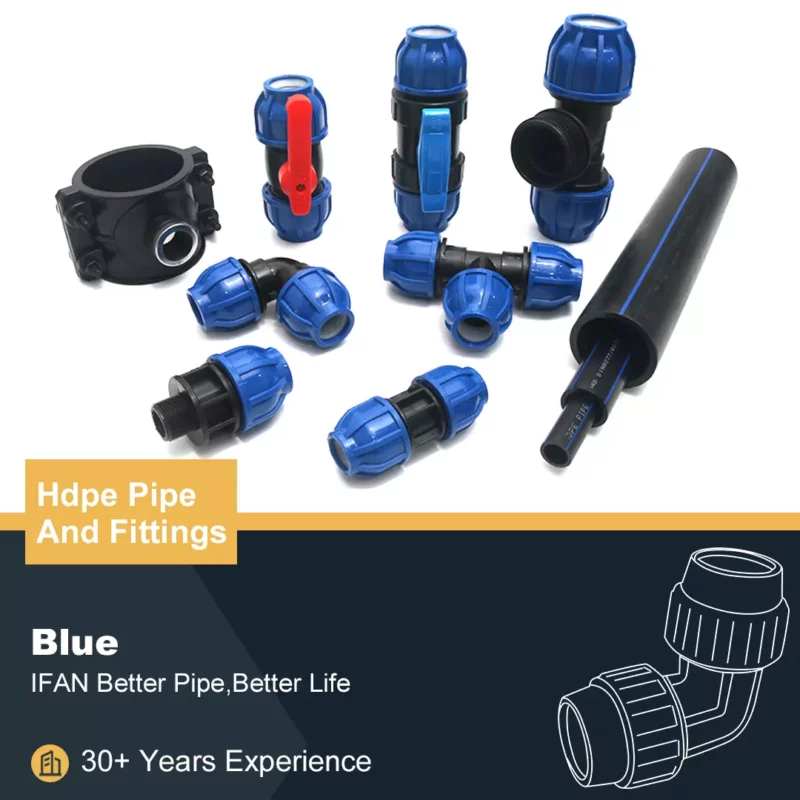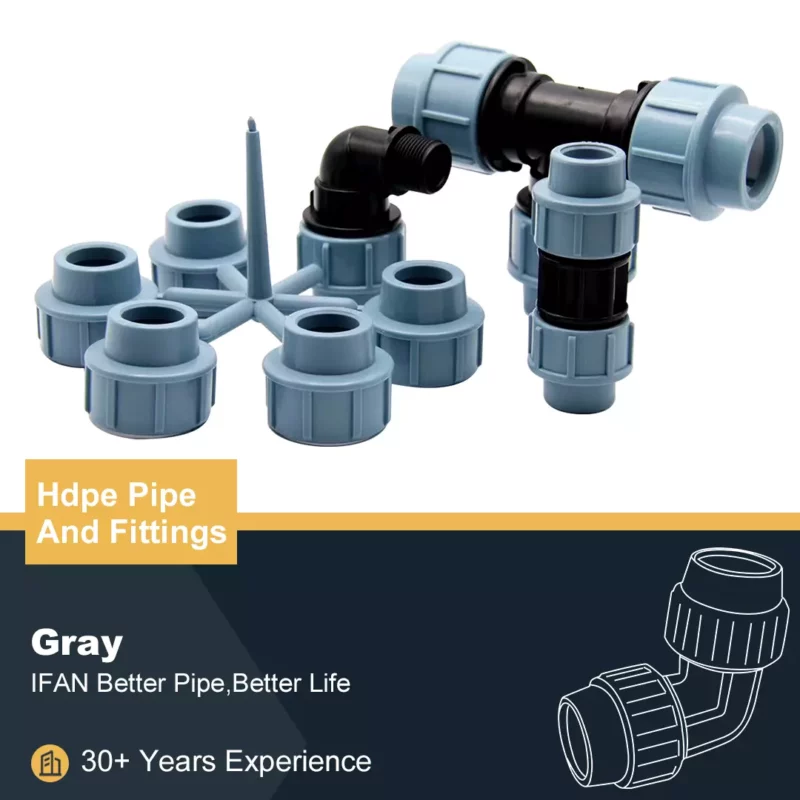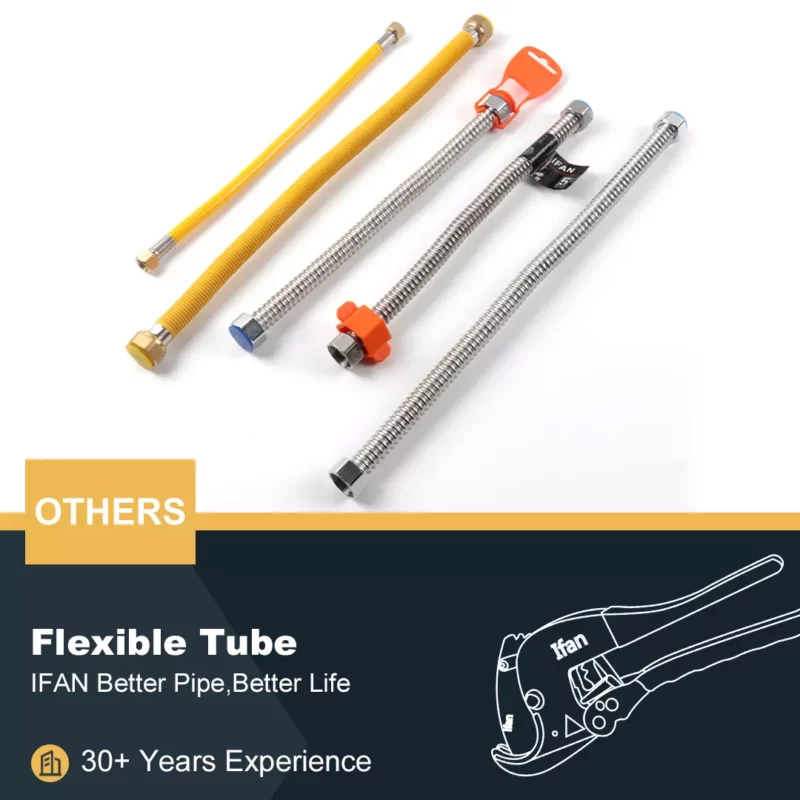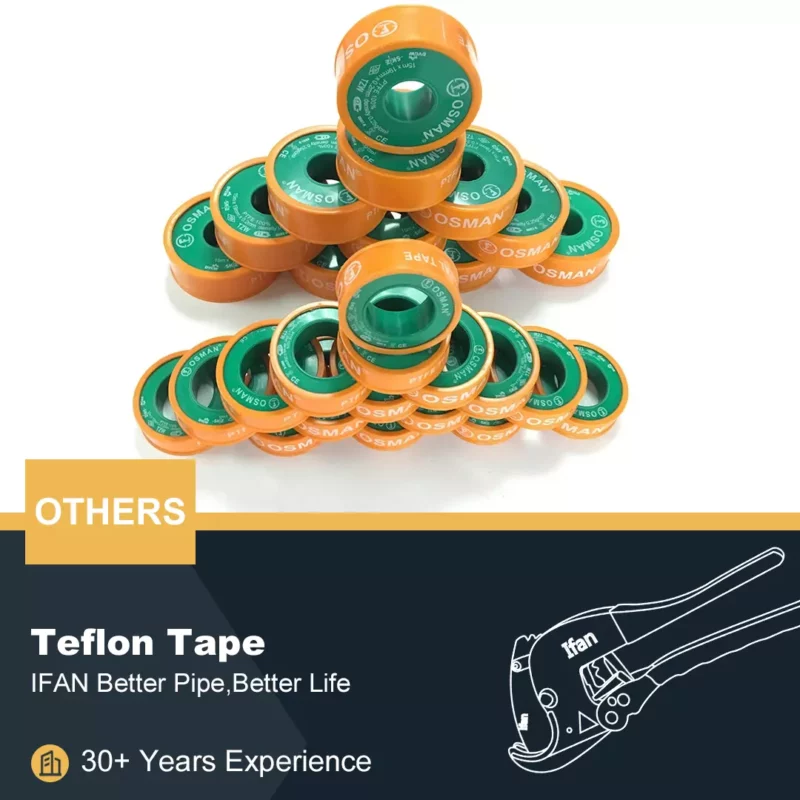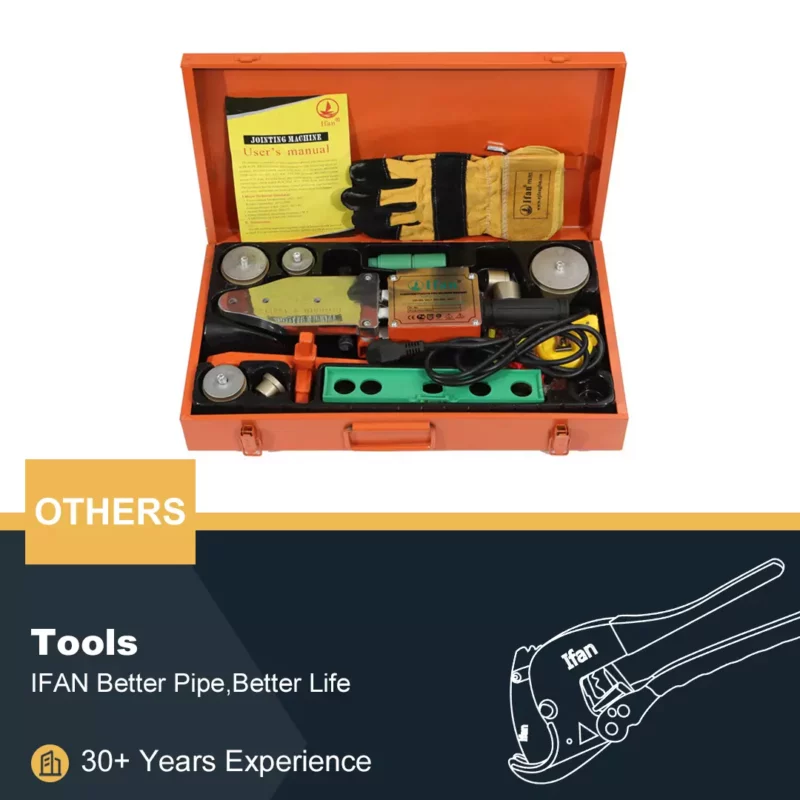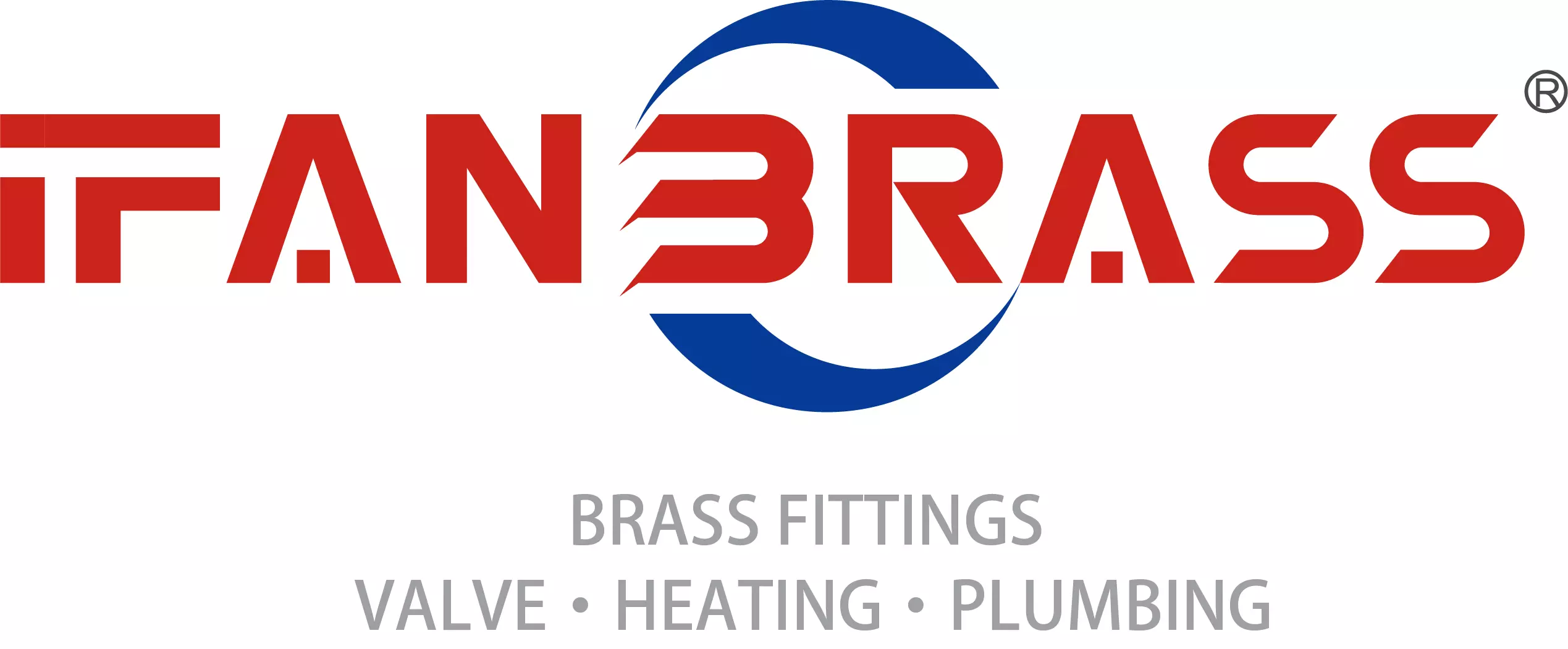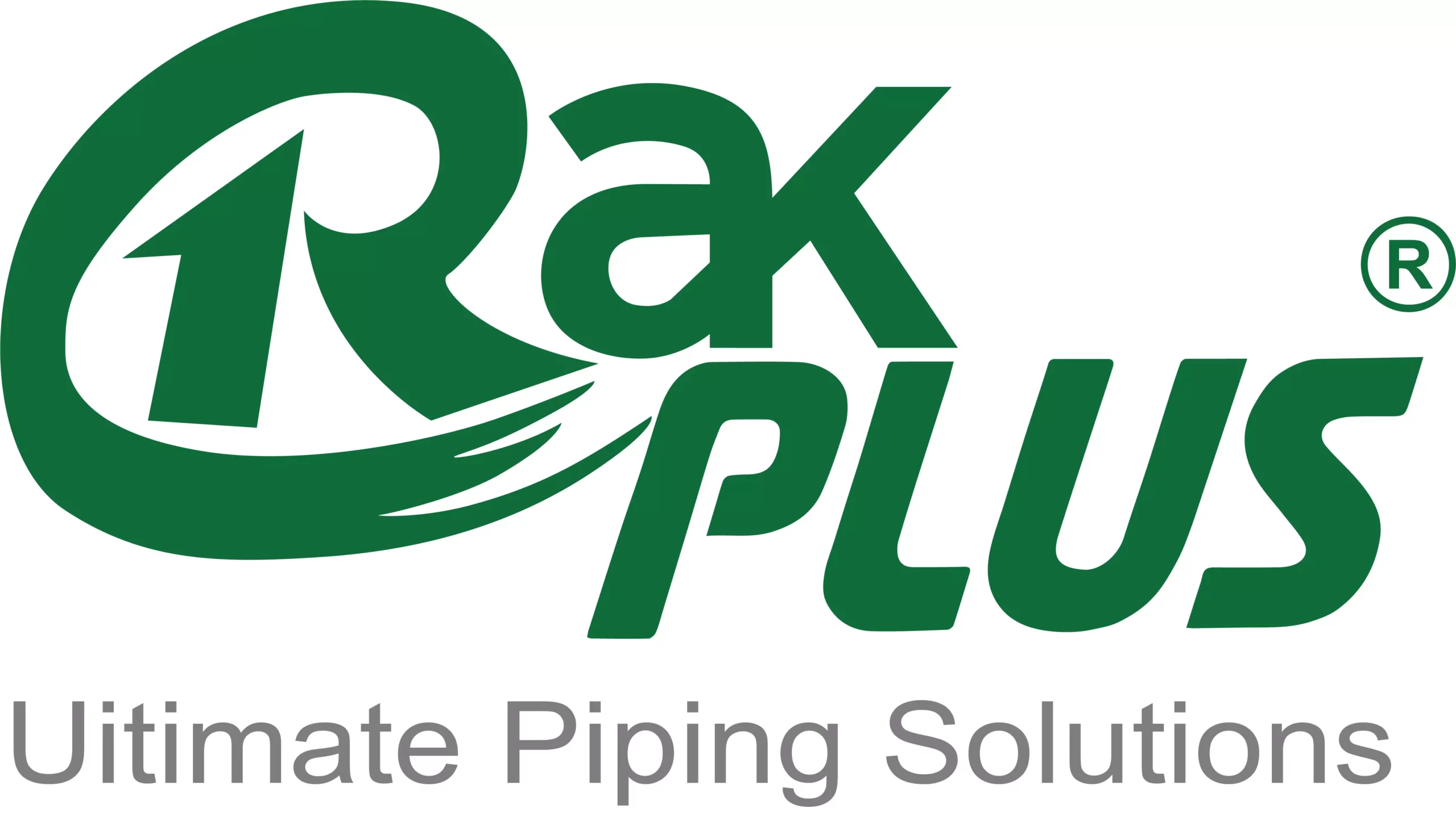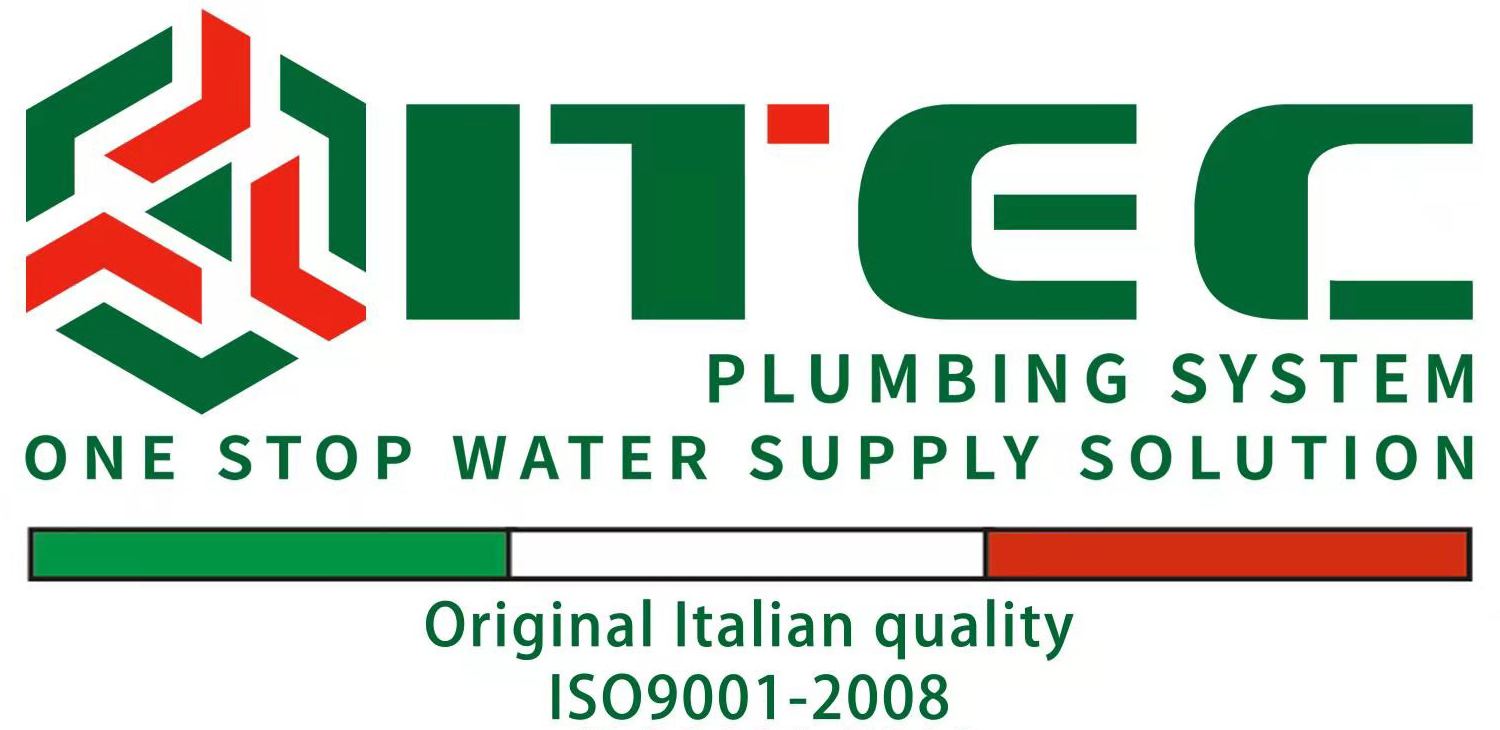HDPE brass compression fittings offer a reliable solution for various piping needs. They are often used in conjunction with plastic pipes. This article will discuss the compatibility of HDPE brass compression fittings with plastic pipes, exploring their benefits, installation methods, and best practices.
Understanding HDPE Brass Compression Fitting
HDPE Brass Compression Fittings combine brass components with HDPE (High-Density Polyethylene) elements. They feature a brass body and a compression mechanism designed to create a secure connection. These fittings are durable and widely used in different applications.
Compatibility with Plastic Pipes
Compatibility between HDPE brass compression fittings and plastic pipes is a key concern. HDPE fittings can work with plastic pipes if the specifications match. The brass components provide strength and stability, while the HDPE parts ensure a good seal.
Plastic Pipes such as PVC or CPVC can often be used with brass compression fittings. However, the fittings must be compatible with the specific type of plastic pipe. Always verify compatibility before installation.
Benefits of Using HDPE Brass Compression Fitting
Durability is a major advantage of HDPE brass compression fittings. Brass provides strength and resistance to pressure, while HDPE adds flexibility and resistance to corrosion.
Leak-Proof Connections are another benefit. Compression fittings create a tight seal that helps prevent leaks, ensuring a reliable connection.
Ease of Installation makes HDPE brass compression fittings popular. They do not require specialized tools or welding, simplifying the installation process.
Installation Process for HDPE Brass Compression Fitting
Preparation is crucial for a successful installation. Clean the ends of the plastic pipe and the fitting to remove any debris or contaminants.
Cut the Pipe to the desired length, ensuring a straight and clean cut. This helps achieve a proper seal with the fitting.
Assemble the Fitting by sliding the compression ring onto the pipe end. Then, screw the compression nut onto the fitting, tightening it securely.
Check for Leaks after installation. Test the connection under pressure to ensure there are no leaks. Adjust the compression nut if necessary.
Potential Issues and Solutions
Over-Tightening can damage the plastic pipe or the brass fitting. Tighten the compression nut just enough to create a secure seal without overdoing it.
Compatibility Issues can arise if the fittings do not match the pipe type or size. Always check the specifications of both the pipe and the fittings to ensure proper compatibility.
Corrosion can occur if the brass fitting interacts negatively with certain chemicals or conditions. Choose brass fittings that are resistant to corrosion for your specific application.
Applications of HDPE Brass Compression Fitting
Residential Plumbing often uses HDPE brass compression fittings. They connect plastic pipes in water supply systems, offering durability and reliability.
Industrial Settings also benefit from these fittings. They handle various fluids and gases, providing secure connections in demanding environments.
Agricultural Applications make use of HDPE brass compression fittings for irrigation systems. They help manage water flow efficiently and reliably.
Maintenance and Care
Regular Inspections help identify potential issues early. Check for signs of wear, leaks, or damage to ensure continued performance.
Cleaning the fittings and pipes can prevent blockages and buildup. Use appropriate cleaning agents and techniques to avoid damaging the fittings.
Avoiding Extreme Conditions extends the life of the fittings. Ensure that the system operates within the designed temperature and pressure limits.
Advantages of HDPE Brass Compression Fittings Over Alternatives
Strength and Stability set HDPE brass compression fittings apart from other types. Brass provides a strong connection, while HDPE adds flexibility.
Cost-Effectiveness often results from the durability and low maintenance of these fittings. They offer long-term savings compared to other materials.
Versatility allows these fittings to be used in various applications. Their compatibility with different types of plastic pipes enhances their usefulness.
Conclusion
HDPE brass compression fitting can be effectively used with plastic pipes. Their benefits include durability, leak-proof connections, and ease of installation. By following proper installation and maintenance practices, you can ensure a reliable and efficient piping system. Always verify compatibility and check for any potential issues to achieve the best results.
If you have read this article and have any questions, please feel free to contact IFAN. Below is our contact information:
Whatsapp:+86 13373827623
Email:[email protected]

